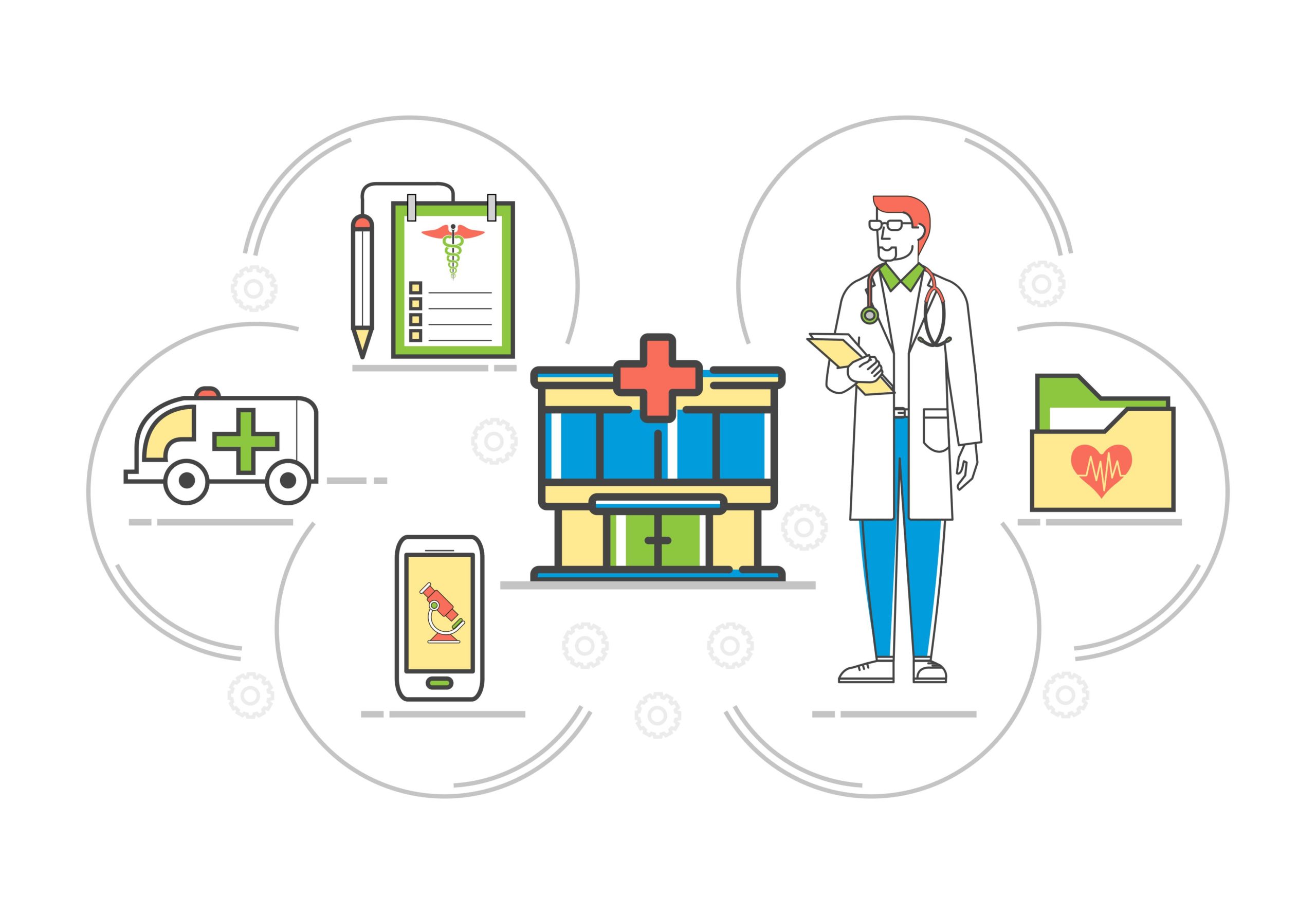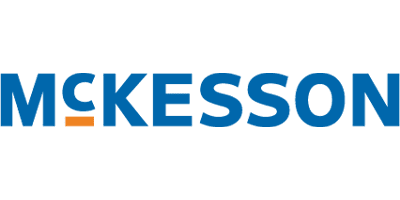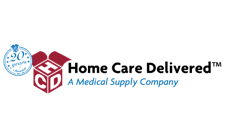Healthcare
Connect patients, staff, and your systems seamlessly. Run your business as well as the healthcare you provide.
Connect patients, staff, and your systems seamlessly. Run your business as well as the healthcare you provide.
Every patient depends on you for help, sometimes in their most difficult moments.
Your technology should improve their experience and your efficiency. With RTS Labs, your stack can deliver patient satisfaction every time. We work with healthcare providers to speed up workflow and deliver smiles to every patient through custom healthcare software, Salesforce consulting, and data analytics.

Your healthcare solutions require cutting edge thought and delivery. So does the technology powering your business. Connect patients, staff, and your systems seamlessly. Run your business as well as the healthcare you provide.

